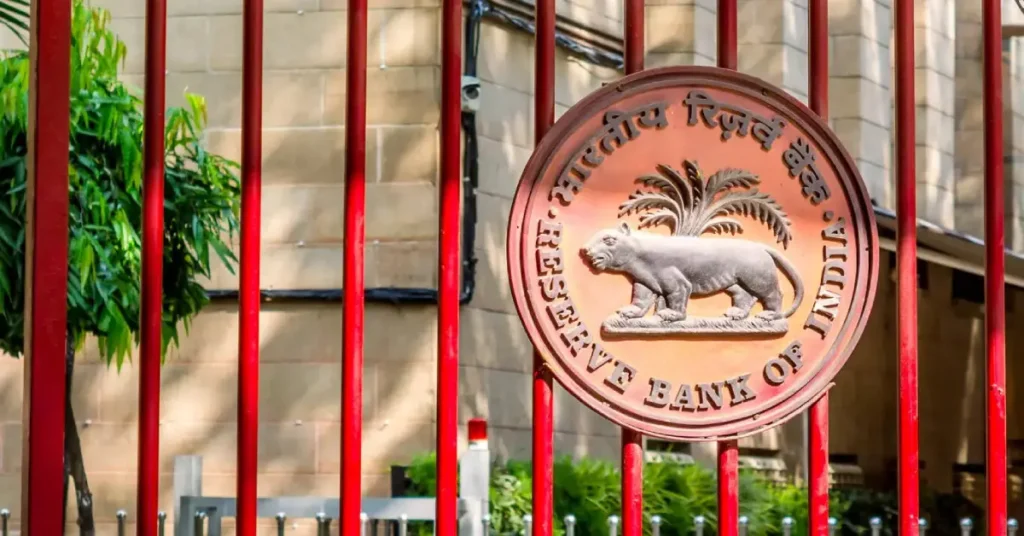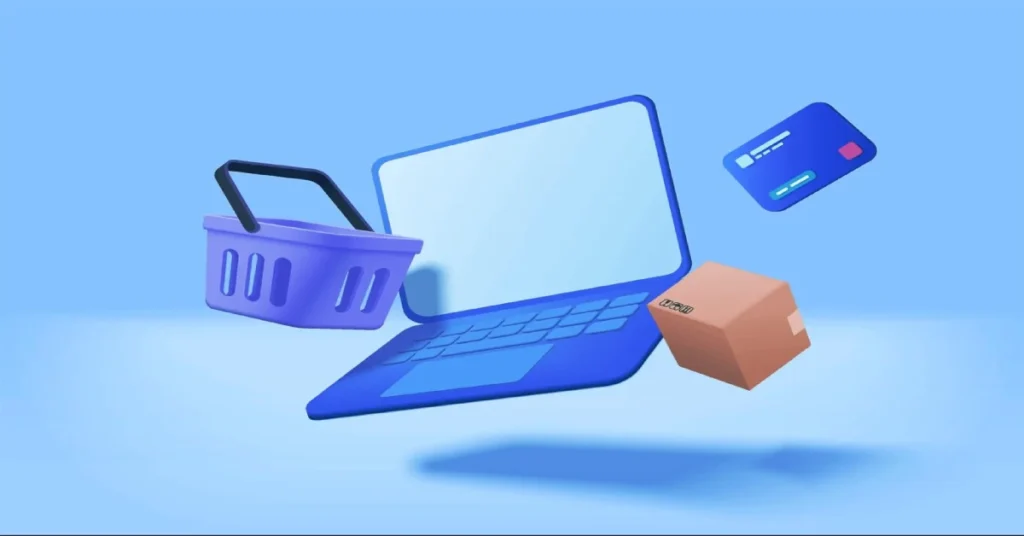- What Indian Shopify merchants should look for in a payment gateway
- Best Payment Gateway For Shopify India 2025
- In-depth: Leading gateways for Shopify India
- How to pick the right gateway for your Shopify store
- Integration & Setup Guide for Shopify India
- Regulatory & Risk Considerations in India
- International & Cross-Border Considerations
- My Final Recommendation & Best Picks by Use-Case
- Conclusion
- Frequently Asked Questions (FAQ)
Best payment gateway for Shopify India — if you’re building or running a Shopify store in India, choosing the right payment gateway is one of the most important decisions you’ll make. It affects how smoothly your customers check out, how fast you get your money, how much it costs you, and whether you stay compliant with Indian rules. I’ll walk you through everything you should look at, compare the leading options for Indian Shopify stores, and help you decide which payment gateway fits your business.
What Indian Shopify merchants should look for in a payment gateway

Key criteria
Here are the factors I believe matter most when you pick a payment gateway for your Shopify store in India:
- Checkout success rate & conversion impact — A gateway may list many payment methods, but if many transactions fail or redirect badly, you lose sales.
- Support for Indian payment methods — In India, UPI, wallets, netbanking, RuPay, etc, matter. Your gateway must handle the local mix well.
- International / multicurrency support — If you sell abroad, you’ll need global card acceptance, foreign currency settlement, and low forex margin.
- Settlement speed & cashflow — How quickly the money hits your bank account matters, especially for small stores.
- Transparent fee structure — Not just the headline % fee, but refund fees, chargeback fees, foreign conversion premium, hidden hold/reserve policies.
- Shopify-specific integration experience — How smooth is the plugin/app for Shopify? Are webhooks reliable? Are reconciliation tools good?
- Compliance & risk regulation — In India, the Reserve Bank (RBI) governs payment aggregators/gateways; knowing your gateway meets these rules matters.
- Merchant experience & support — If issues arise (payment failure, disputed refunds), good support and docs will save you time and money.
- Fraud/chargeback policies — Does the gateway provide proper protection? What are reserve/hold policies for high-risk verticals?
What makes the Indian market special
Thinking Indian-specific:
- UPI is massive in India: In FY23-24, UPI transaction volume reached ~131.1 billion.
- The regulatory environment is active. The RBI has issued detailed guidelines for Payment Aggregators and Gateways.
- Store behaviour differs: mobile checkout dominates, wallet/UPI flows matter, churn due to redirect flows can be higher if the gateway is not optimised.
- Many global solutions (e.g., Shopify Payments) may not work in India yet, so local gateways often are the practical choice.
Best Payment Gateway For Shopify India 2025
Here’s a comparison table of key players you should consider. The numbers are indicative — always confirm with the vendor for your category and volume.
| Gateway | Shopify Integration | Payment Methods (India & Intl) | Typical Domestic Fee | Settlement Time | Key Strengths | Key Consideration |
|---|---|---|---|---|---|---|
| Razorpay | App + API | Cards, UPI, wallets, international cards | 2.0 % + GST (estimate) | 24-48 hours (domestic) | Strong developer tools, local focus | For international volumes, the forex cost |
| Cashfree | App + API | Cards, UPI, wallets, 28+ currencies | Competitive | Very fast (24h) | Fast settlement, good for growth | Smaller global brand vs some legacy players |
| PayU India | App + API | Cards, UPI, wallets, plenty of currencies | Varies by case | Varies | Could have a higher cost, onboarding more | Could have higher cost, onboarding more |
| CCAvenue | Plugin + API | wide payment methods, multi-currency | Moderate to high | Varies | Long track record, many options | UI/UX might feel older; cost may be higher |
| Instamojo | API/Plugin | Well-suited for domestic | Simple pricing | Fast set-up | Good for small/SMB stores | Less strong for global sales, fewer enterprise features |
In-depth: Leading gateways for Shopify India
Razorpay
Razorpay is one of the more popular choices among Indian e-commerce stores. They support a wide range of payment methods (cards, UPI, wallets), which is essential for Indian checkout flows. Their Shopify integration is fairly straightforward, with dedicated plugins.
What I like: Very developer-friendly tools, good documentation, and local focus.
What to check: If you have high cross-border volume, check the foreign currency conversion margin. Also, ensure your vertical isn’t considered “high risk” (which may trigger holds/reserves).
Cashfree
Cashfree has built a strong offering around fast settlements and supporting newer flows (e.g., UPI autopay, payouts). For a Shopify store that is scaling, quick settlements help cash flow.
Strengths: Good for growth, multiple currencies, fast payouts.
Things to watch: If your store sells globally, check how refunds/chargebacks are handled for foreign currency transactions.
PayU India
PayU offers a robust platform, wide payment method support, and global reach. In 2024, they got an in-principle nod from the RBI to operate as a payment aggregator.
Strengths: Strong infrastructure, good for large volume and international business.
Considerations: Their cost may be higher; onboarding might take more time; plugin reliability and Shopify-specific reviews should be checked.
CCAvenue
CCAvenue has long been in the Indian payments market. They support multi-currency, many payment methods, which is helpful if you have international customers.
Strengths: Wide coverage of methods and currencies.
Considerations: Cost may be higher; some merchants report the UI or plugin being less slick compared to newer entrants.
Instamojo
For smaller or newer Shopify stores in India, Instamojo is appealing thanks to simplicity, lower overhead, and quick onboarding.
Strengths: Good fit for small business, simple pricing.
Limitations: May not offer as many advanced features (multi-currency, enterprise analytics) as larger gateways.
How to pick the right gateway for your Shopify store

Here’s how I suggest you decide:
- If you are a small start-up or low-volume Indian-domestic business → go for a simple, low-cost gateway (e.g., Instamojo, Cashfree) that supports UPI + wallets well.
- If you are a D2C brand selling both in India and abroad → you need UPI + cards + international volume support. Consider Razorpay or PayU.
- If you are an enterprise or large volume → you’ll want strong analytics, global card support, payouts to multiple countries, and strong fraud tooling. PayU or CCAvenue may be good fits.
Here are some questions to ask when you meet the vendor:
- What is your effective fee after refunds, foreign currency conversions, and chargeback costs?
- What is the settlement schedule for domestic AND international payments?
- How stable is the Shopify plugin for your gateway? What is the success rate for mobile vs desktop?
- What is the onboarding process, KYC time, and are there reserve/hold policies for my model?
- What support channels do you provide (local team, SLA)?
- How do you handle chargebacks/fraud, and what are your policies for high-risk categories?
- If I sell internationally, how many currencies do you support, and how are conversions handled?
- Does your platform support UPI autopay or recurring payments (if I need a subscription model)?
Integration & Setup Guide for Shopify India
Time to get practical. Here’s how the process typically works, plus some pitfalls you should watch out for.
Pre-setup checklist
- You have a business entity in India (sole proprietor / Pvt Ltd) and a bank account with correct KYC.
- GST registration, if required.
- Decide which payment methods you need: UPI, wallets, cards, and international cards.
- Choose your Shopify plan — check the third-party transaction fee Shopify charges (in India).
- Be ready to provide documents: PAN, Aadhar, address proof, bank statement, and business proof.
Step-by-step setup (generic)
- Install the chosen gateway’s app/plugin from the Shopify App Store (or set up manual API credentials).
- In Shopify Admin → Settings → Payments → Add a third-party provider → Select your gateway.
- Enter the merchant key/API credentials you received from the gateway dashboard.
- Set up Webhooks/callback URLs so that when a payment status changes (e.g., success, failure, or refund), your Shopify store will get notified.
- In the gateway dashboard, enable the payment methods you want (UPI, wallets, cards, etc.).
- Run a test transaction (sandbox mode) to verify checkout flow, redirect URLs, and status update in Shopify orders.
- Set up reconciliation: map settlement to bank account, check that Shopify order numbers match gateway transaction IDs.
- Monitor first few live transactions carefully: look for failed payments, mobile-specific issues, timeouts, and redirect loops.
Common issues (Indian-specific)
- UPI “intent” flow: Many Indian users rely on the UPI-app redirect flow. If your gateway forces too many redirects or app-switches, you may lose customers.
- Wallets causing checkout drop-off: If the flow moves away from your site to a wallet and takes too long, conversion can be reduced.
- Foreign currency checkout: If you let customers pay in USD/EUR, but the gateway settles in INR, check for conversion cost and delay.
- Onboarding delay: In certain business categories, KYC or risk review can take longer — plan accordingly.
- Shopify’s third-party transaction fee stacking: Shopify charges a fee on top of your gateway’s fee if you don’t use Shopify Payments (which isn’t available in India yet for many). So your total fee = Shopify fee + gateway fee.
- Reconciliation mismatch: If your gateway settles after 3-4 days but Shopify records revenue immediately, make sure your accounting matches the actual cash flow.
Regulatory & Risk Considerations in India
Staying compliant and understanding risks helps avoid surprises.
RBI’s Payment Aggregator (PA) / Payment Gateway (PG) guidelines

The Reserve Bank of India regulates platforms that accept or route payments. For example, non-bank payment aggregators must apply for authorisation, maintain a minimum net worth (₹25 crore), implement KYC, and ensure data security compliance (PCI-DSS).
New rules have also asked payment firms to monitor merchant activities more closely.
Why this matters for your Shopify store: If your chosen gateway is not compliant, you risk mid-stream changes, holds, or sudden changes in terms.
Chargeback, fraud, merchant risk & reserve policies
In India, some verticals (e.g., gambling, crypto, and adult) are considered high-risk, meaning the gateway may place a hold or reserve on your funds. Some gateways hold a percentage of settlement for a period (rolling reserve) to cover dispute risk. It’s good to ask: How do you handle chargebacks? What is your reserve policy?
Tax/GST/Accounting implications
If you’re getting settlements in INR but your customers pay in foreign currency, check how the currency conversion is treated for GST, and how refunds impact your accounting. Also, if you issue refunds, the gateway may charge you a “refund fee,” which many articles don’t highlight.
International & Cross-Border Considerations
If you’re a Shopify store in India selling abroad, or planning to, here’s what to keep in mind.
- Many Indian buyers may pay in INR, but international customers may want to pay in USD/EUR. Your gateway must handle multi-currency checkout or conversions.
- Settlement currency: Does the gateway settle in INR or let you receive USD? Converting leads to margin loss.
- Refunds & chargebacks for foreign cards: These often cost more or take longer to process — check how your gateway handles them.
- Legal/regulatory side: Cross-border transactions may trigger extra authentication or reserve policies (like RBI’s additional factor of authentication for international transactions).
- UX matters: If you show INR only for customers abroad, you might lose sales due to confusion. Some gateways offer dynamic currency display.
My Final Recommendation & Best Picks by Use-Case
Here are my suggestions, based on your business type:
- Small startup, mostly India sales → Choose a gateway with simple pricing, fast onboarding, great UPI/wallet support (e.g., Instamojo, Cashfree).
- D2C brand selling India + abroad → Choose a gateway with strong international card support, multi-currency, and good analytics (Razorpay or PayU).
- Large volume/enterprise → Choose a gateway with global capabilities, robust fraud tools, deep analytics, and multi-country settlement (PayU, CCAvenue).
Also, avoid the mistake of choosing only based on the lowest fee. If the plugin is buggy, settlement is slow, mobile checkout fails often, you may lose much more than you save.
Conclusion
Choosing the best payment gateway for your Shopify store in India matters because it touches every part of your business: checkout experience, cash flow, cost, and risk. I’ve walked you through what to look for, compared top players, shown integration steps, and regulatory issues. Your choice should match your store’s size, market (India vs international), checkout mix, and growth plan. Once you pick a gateway, test thoroughly (especially mobile + UPI), monitor conversion and settlement closely, and revisit your decision periodically as your business evolves.
If you’re still deciding whether Shopify is the right platform before setting up your payment gateway, you might want to compare it with other website builders. I’ve written a detailed post — Shopify vs Wix vs Squarespace: Which One Offers the Best in 2025 — where I break down their pricing, features, and real-world ease of use. It’s a helpful read if you’re trying to choose the platform that fits your store’s goals before you start accepting payments.




